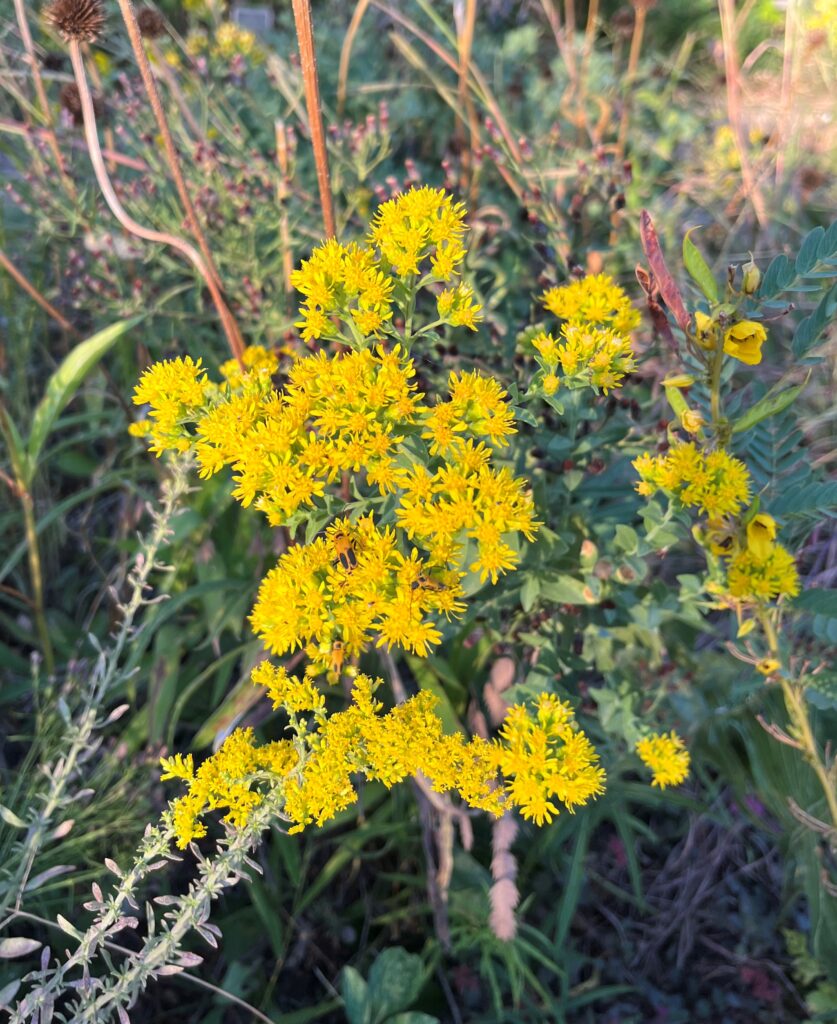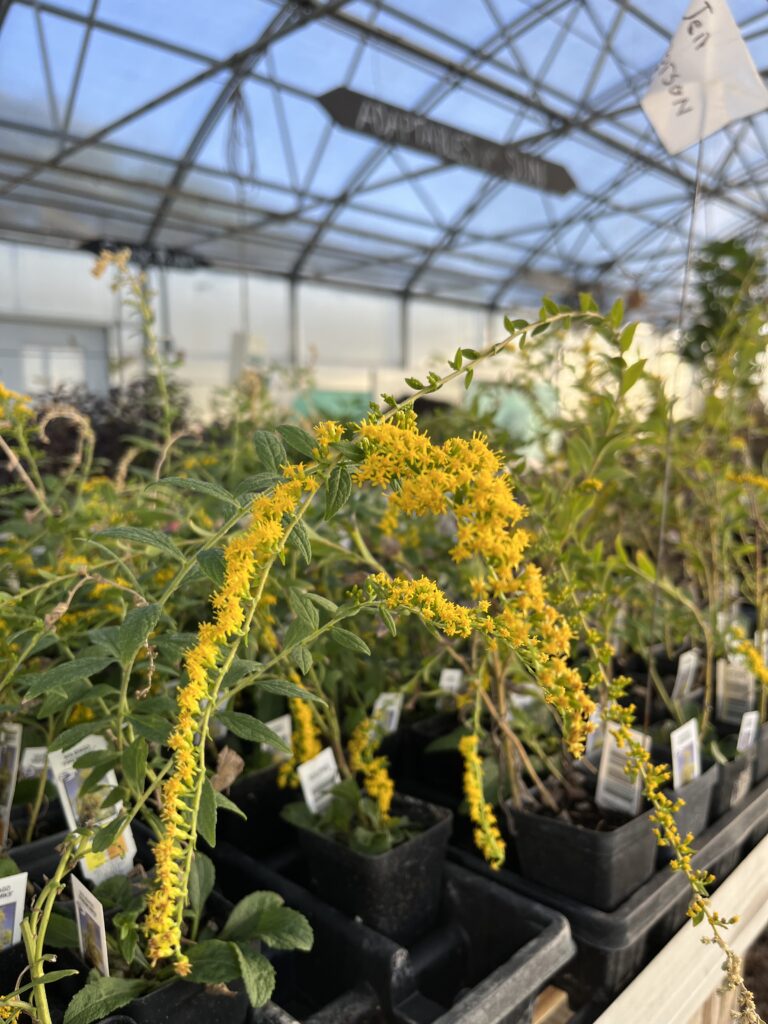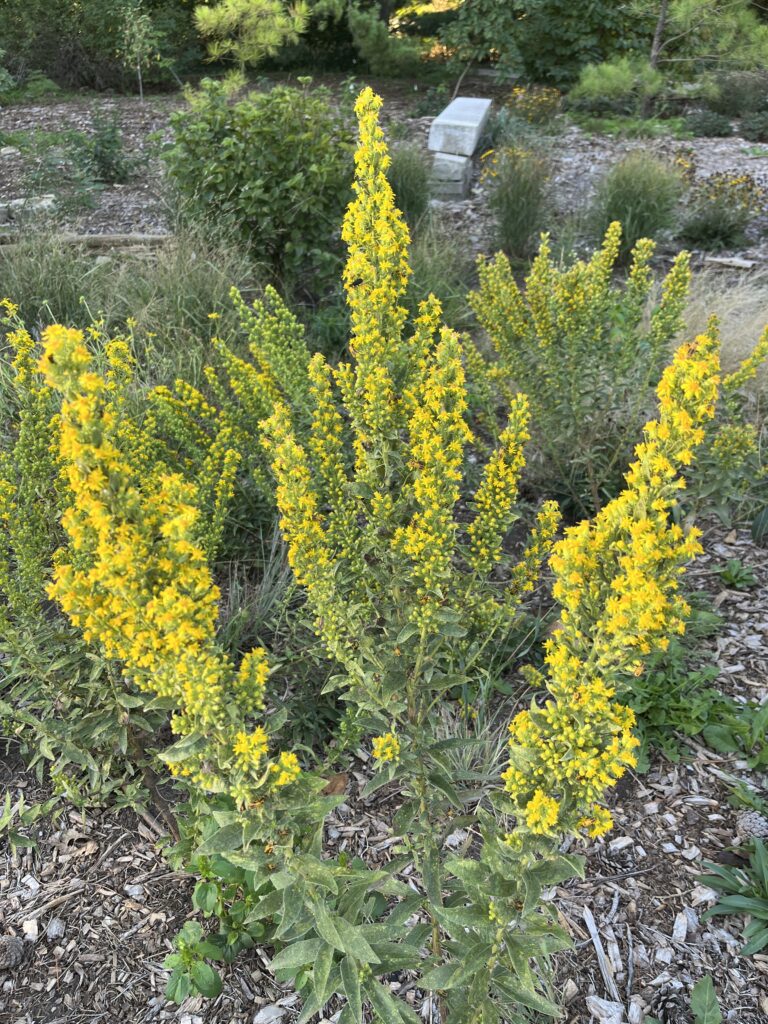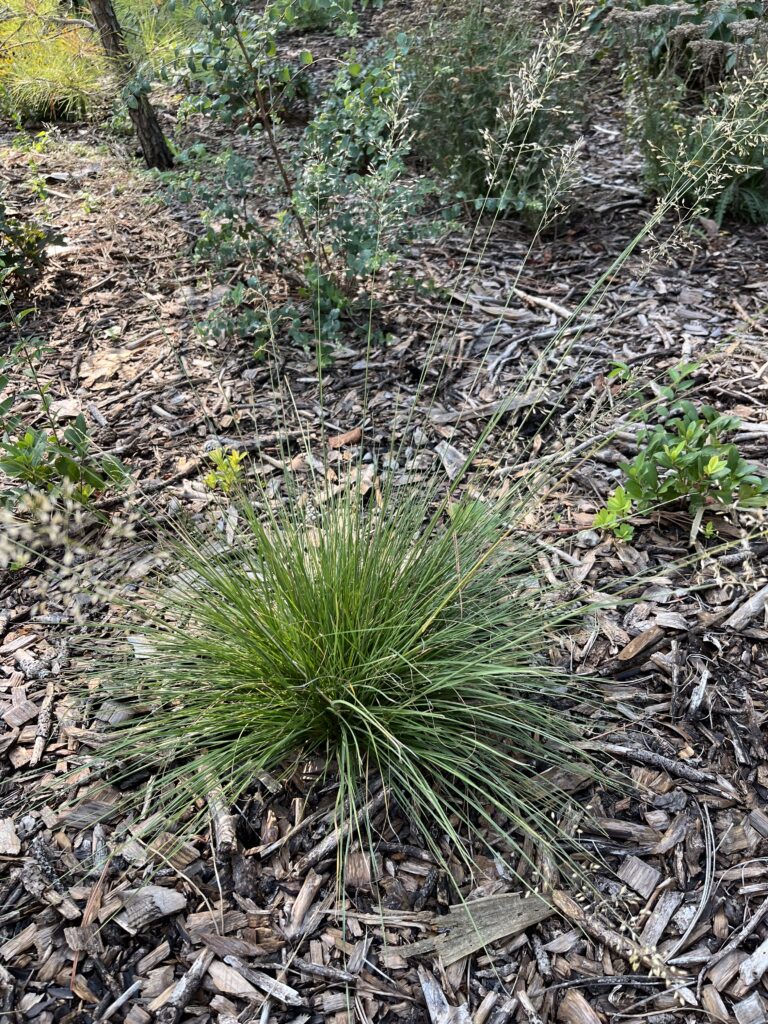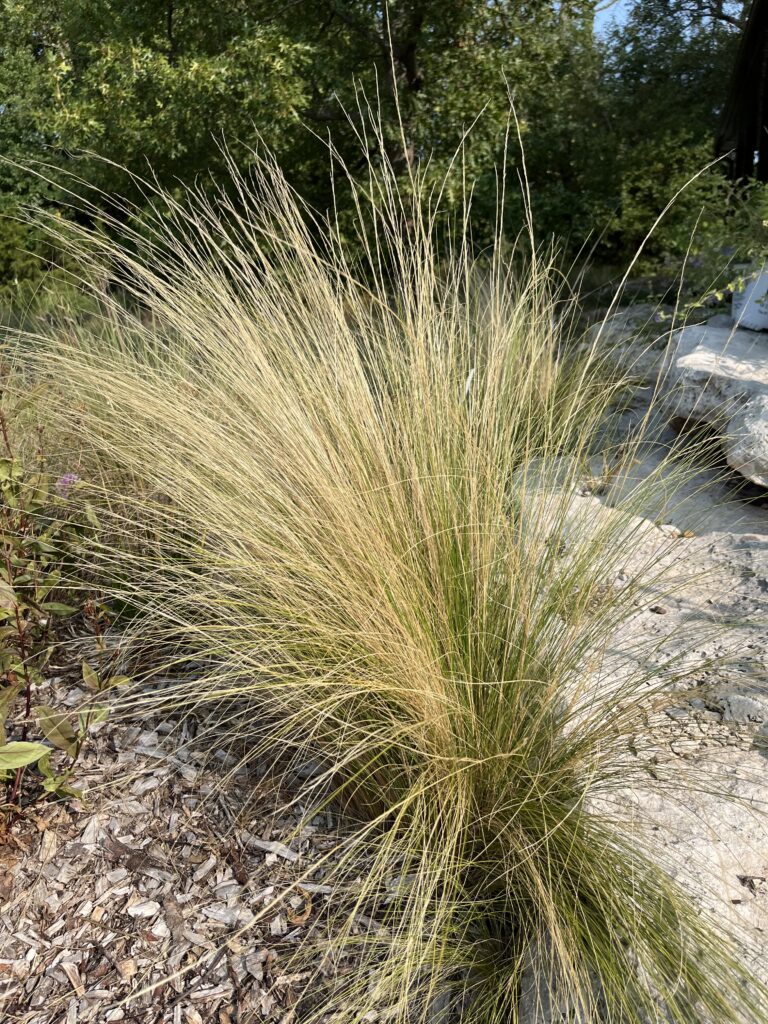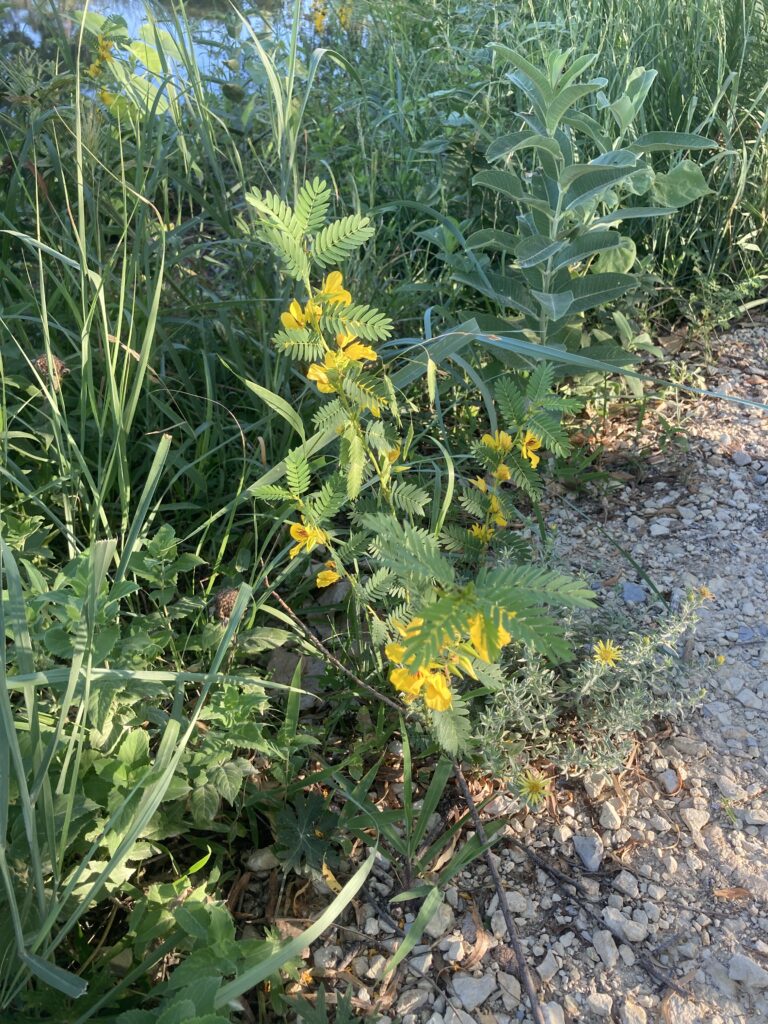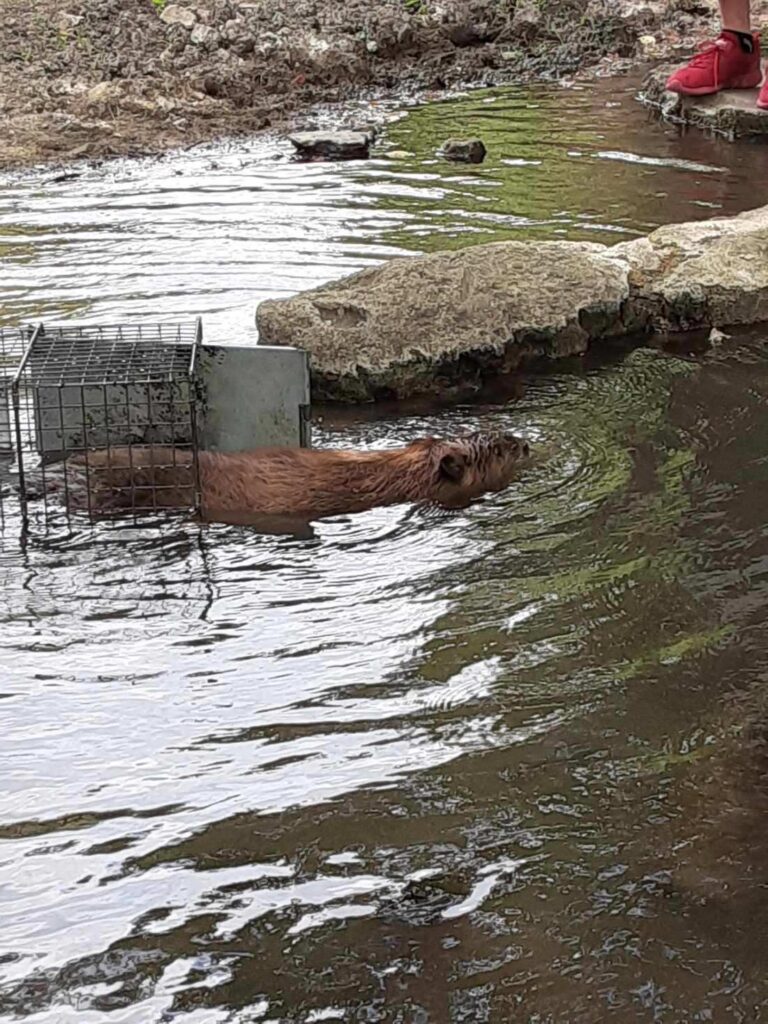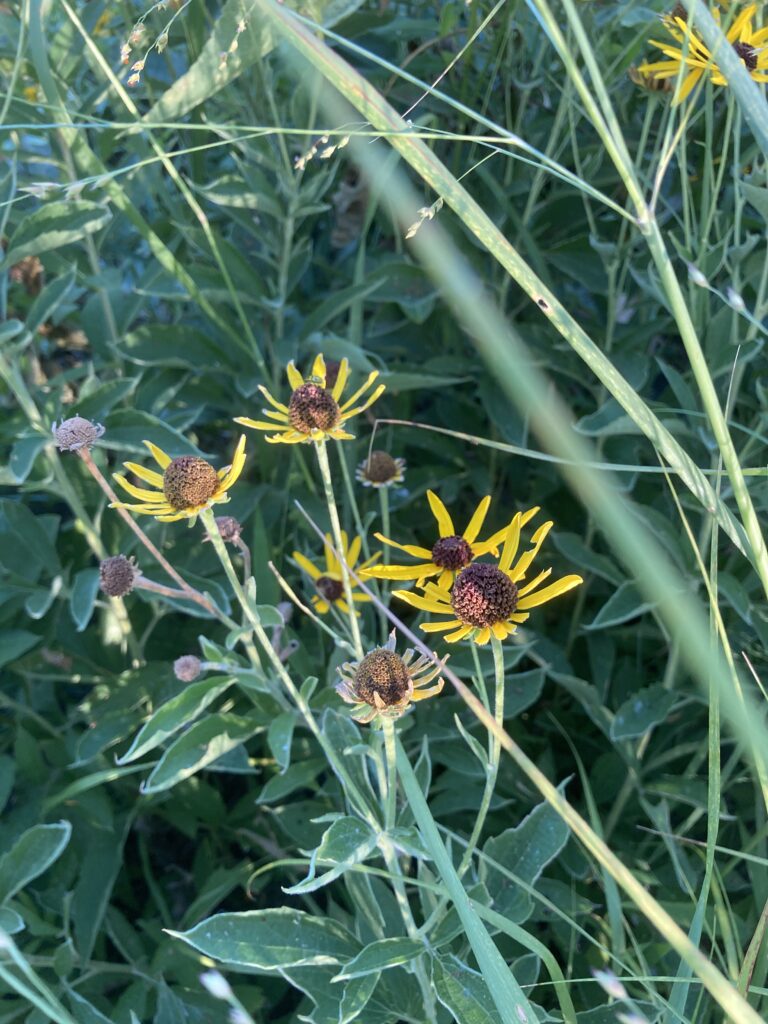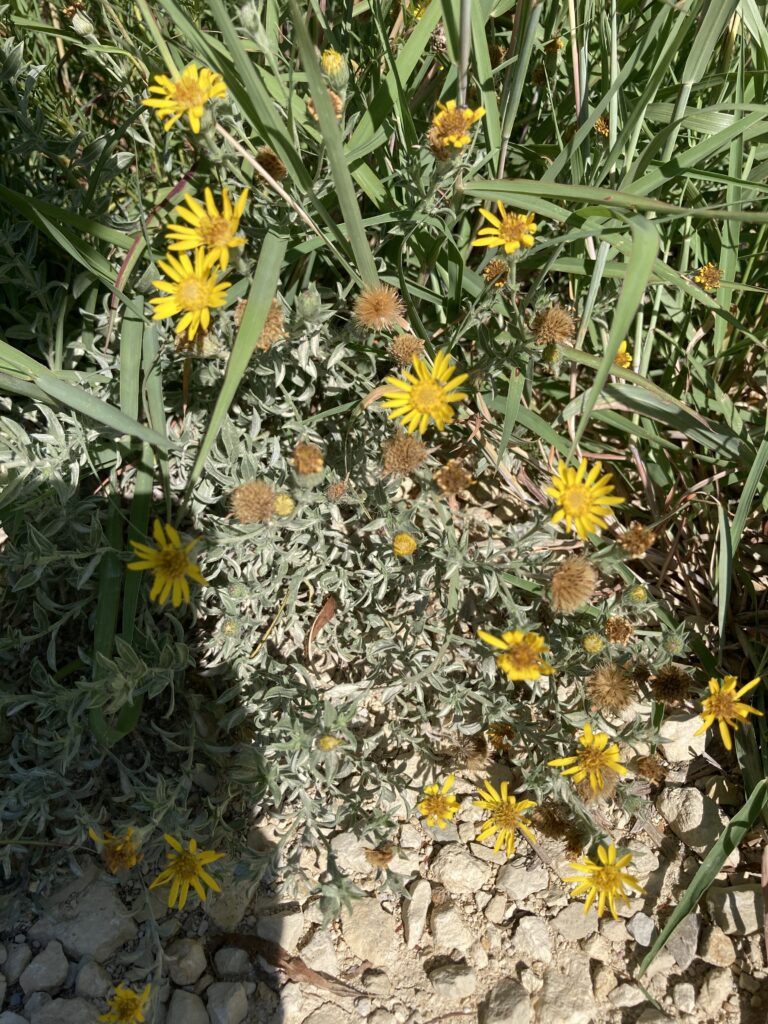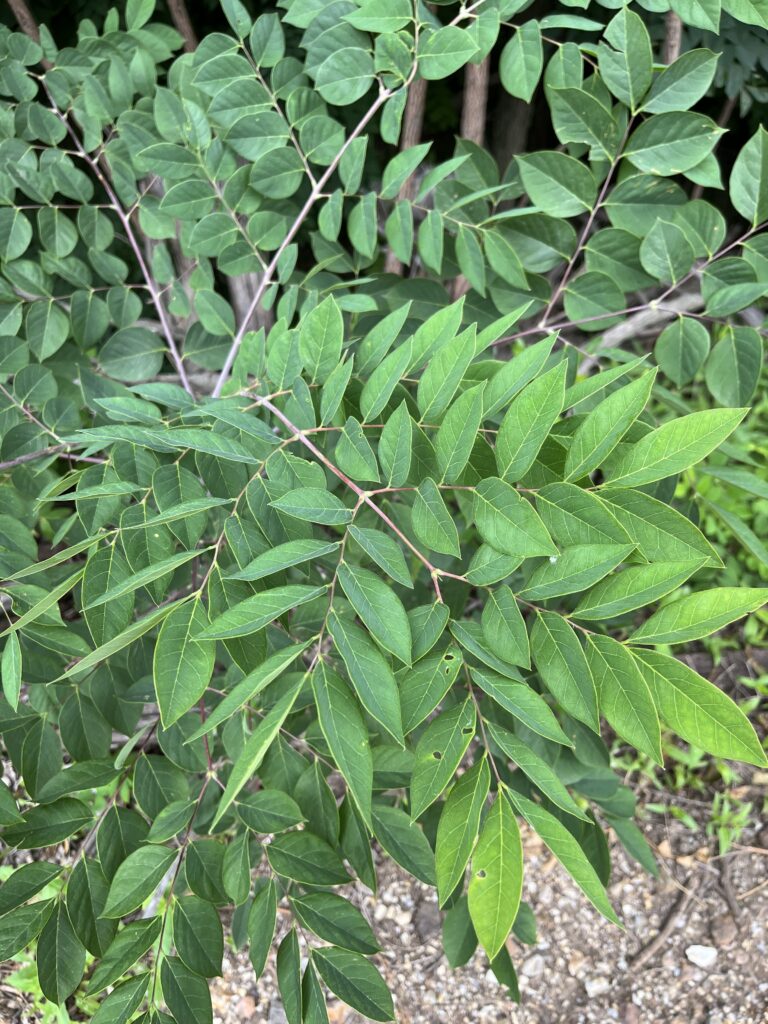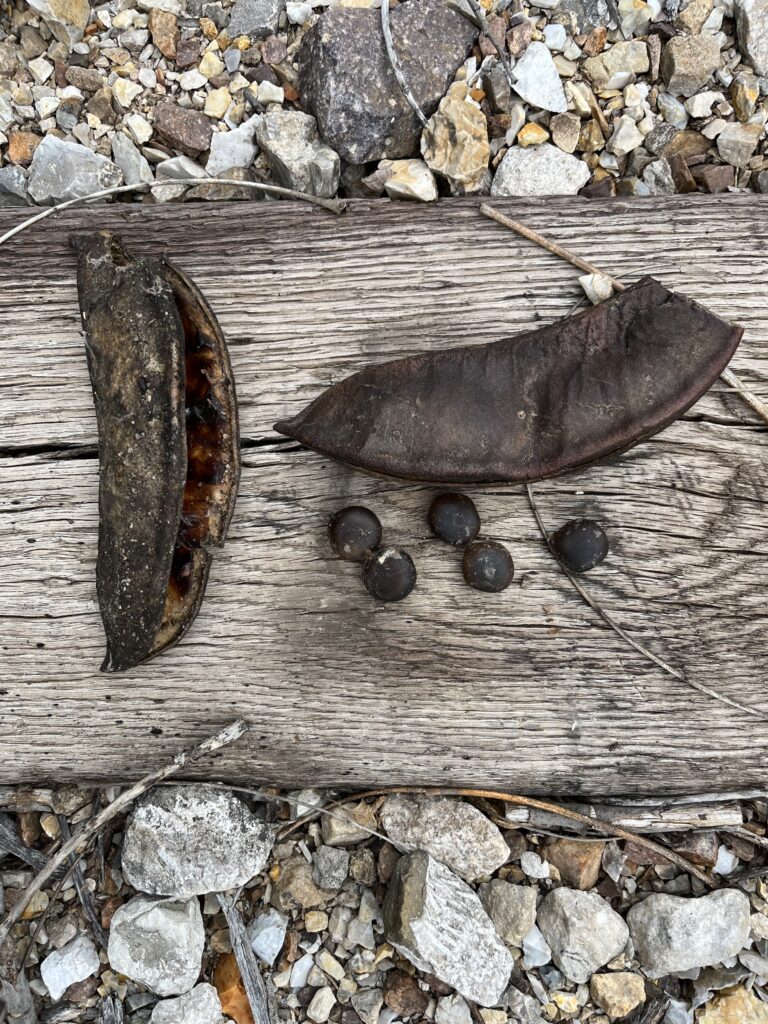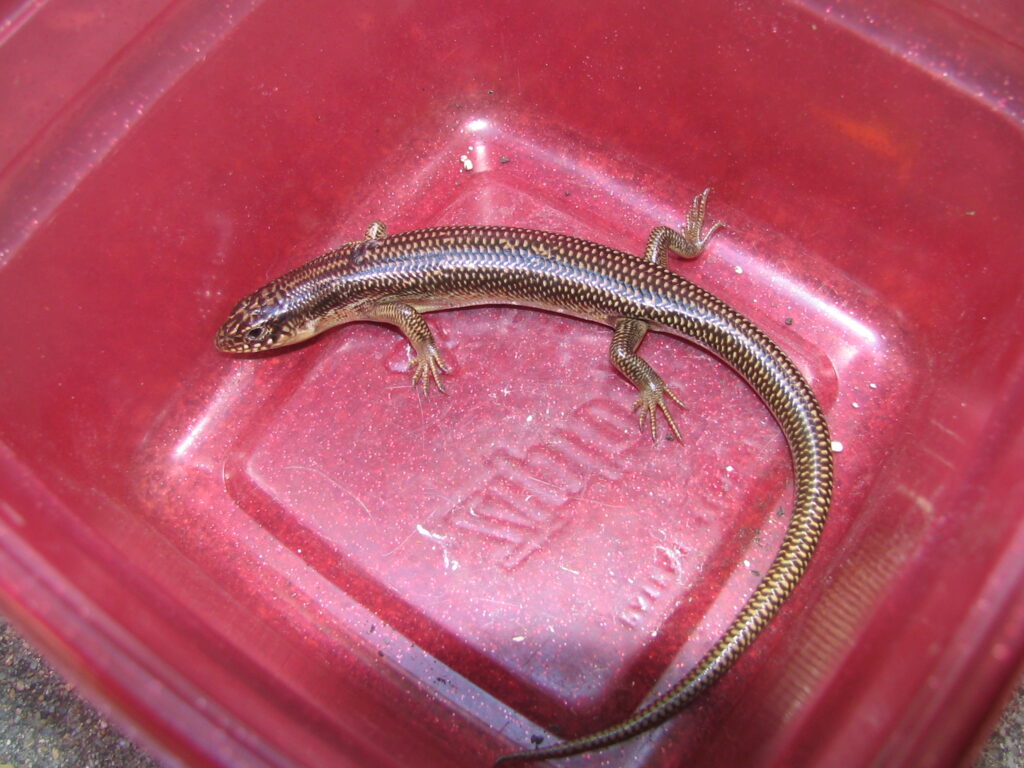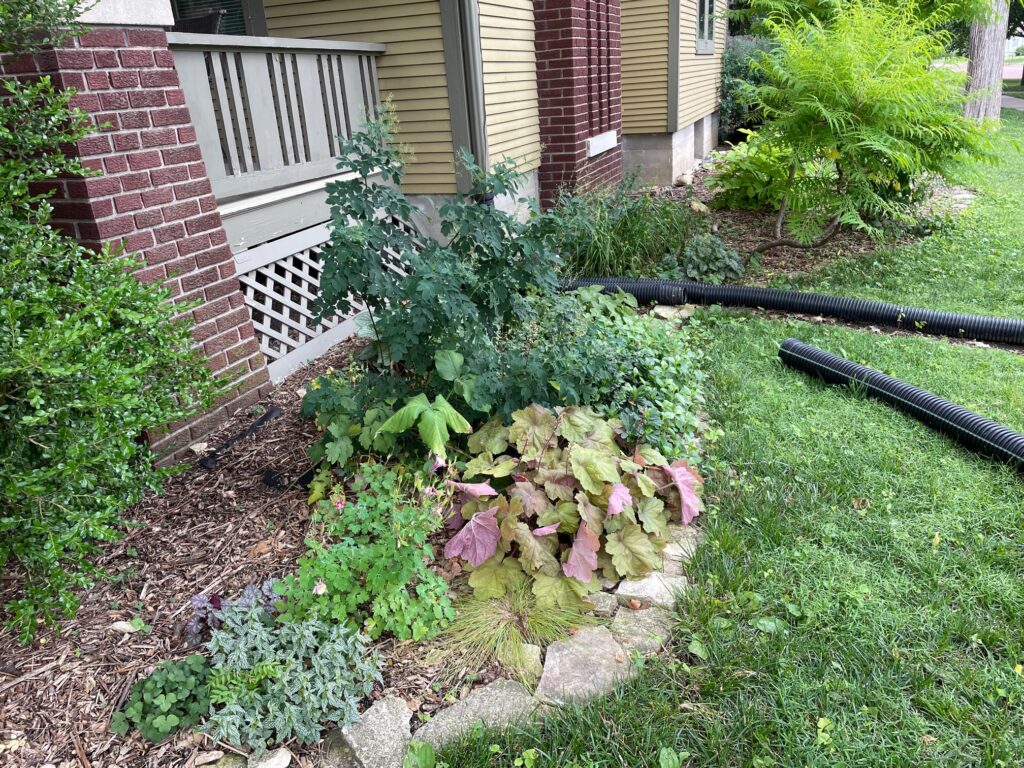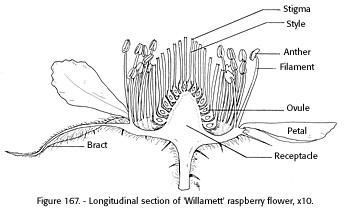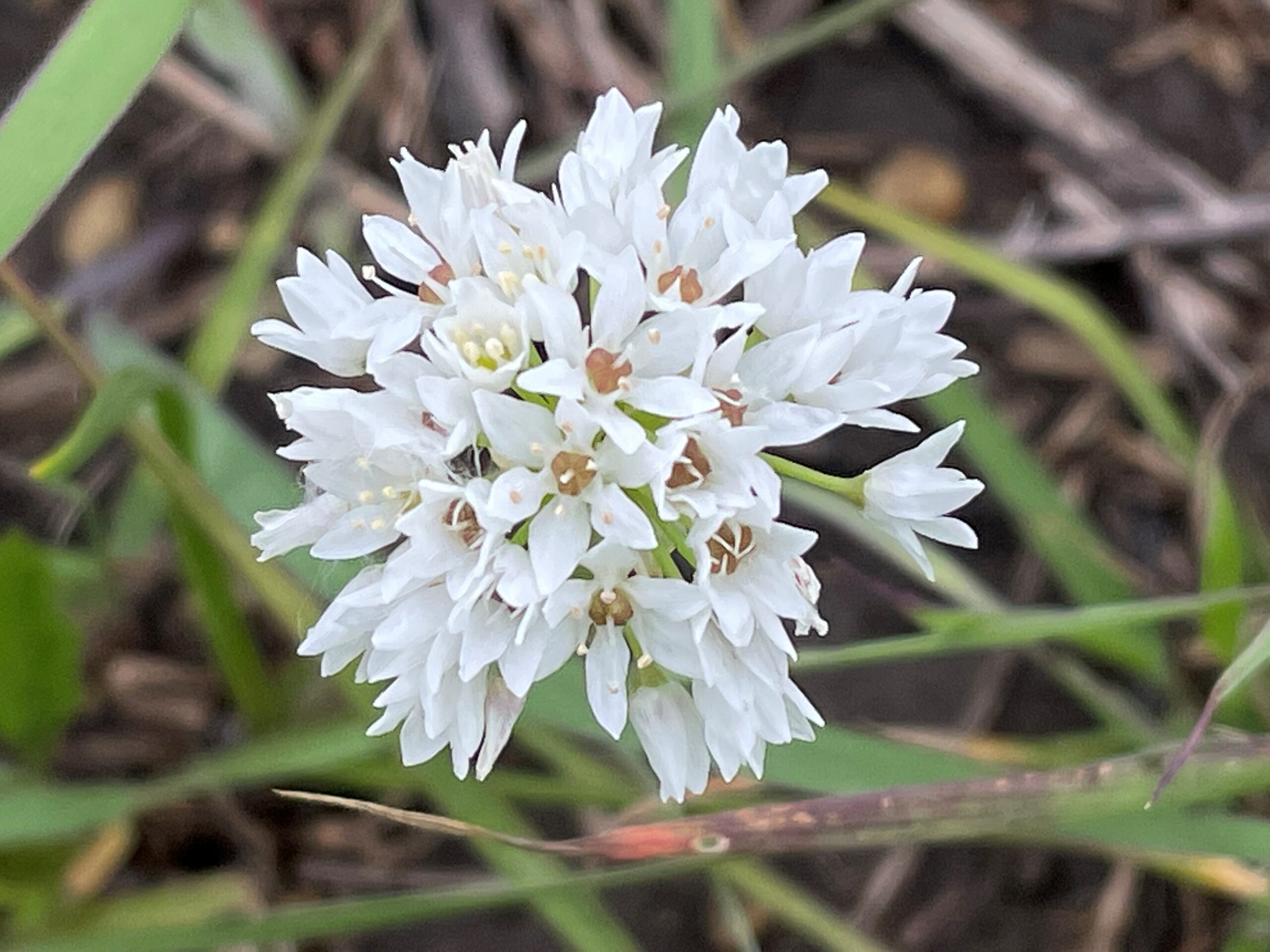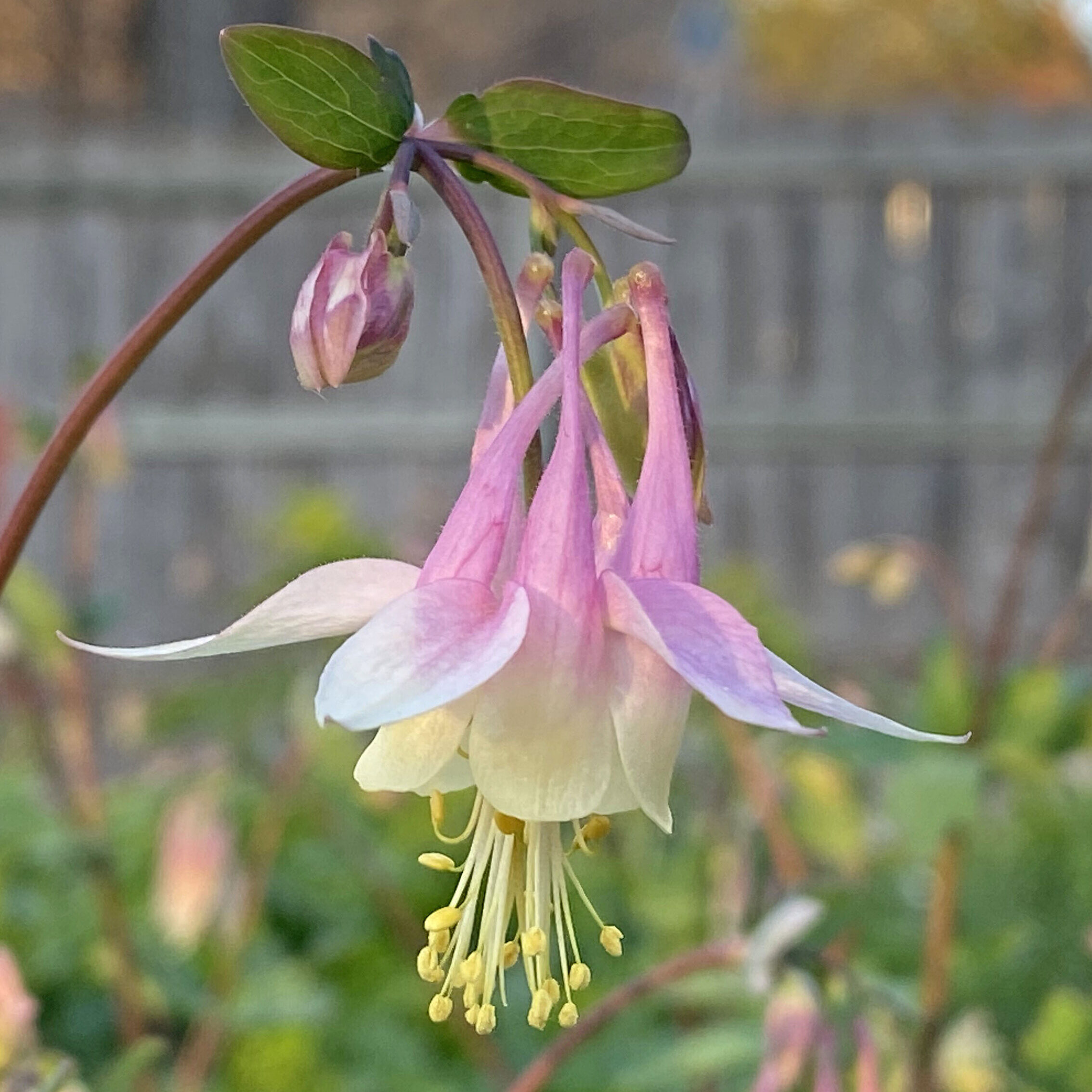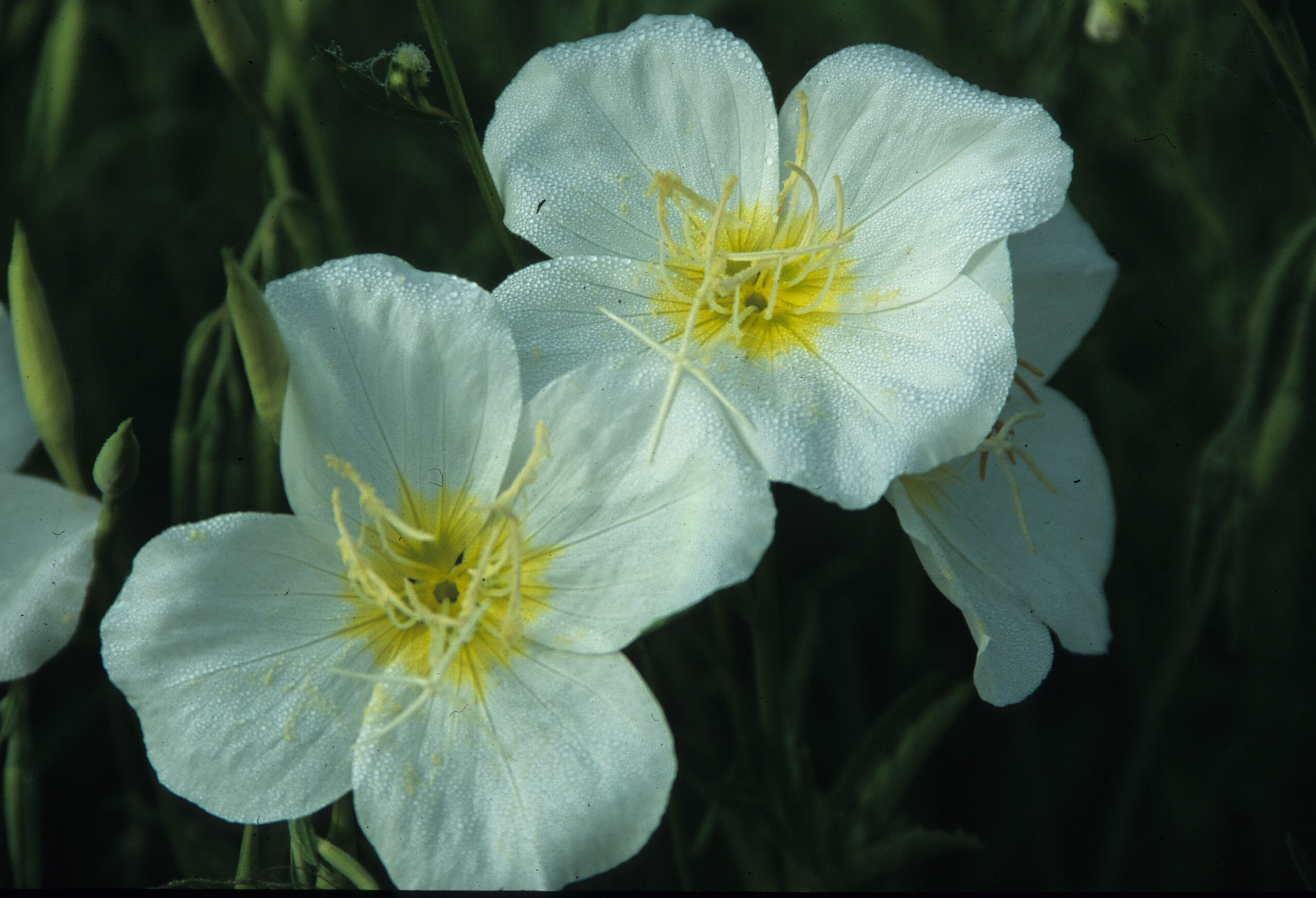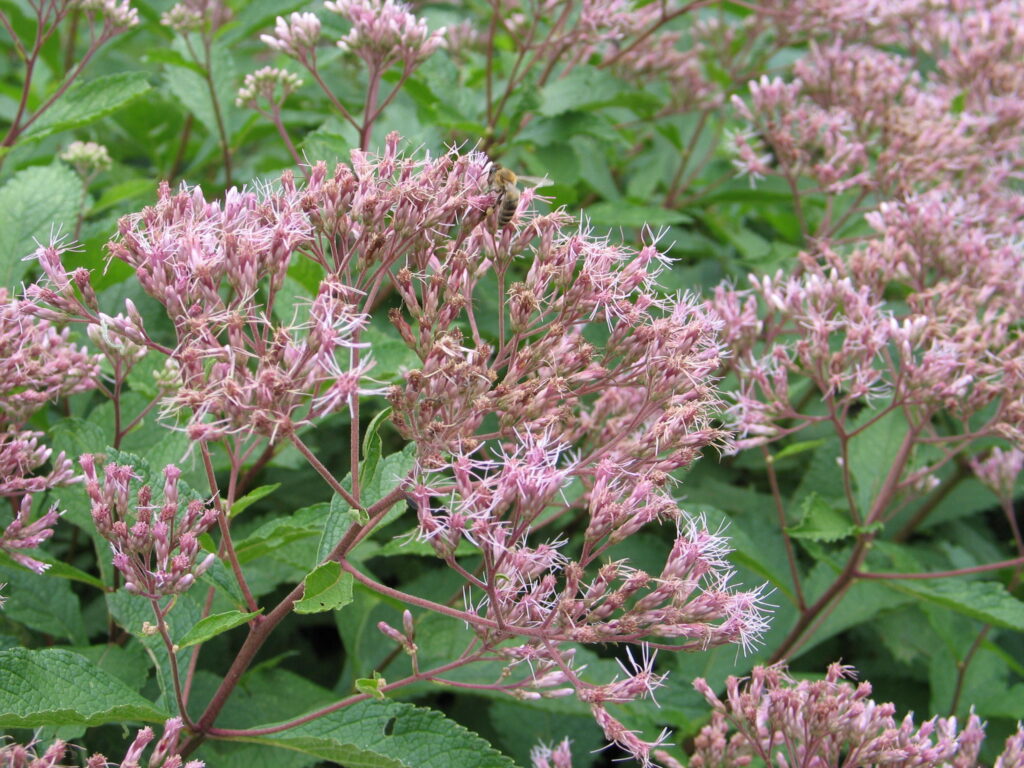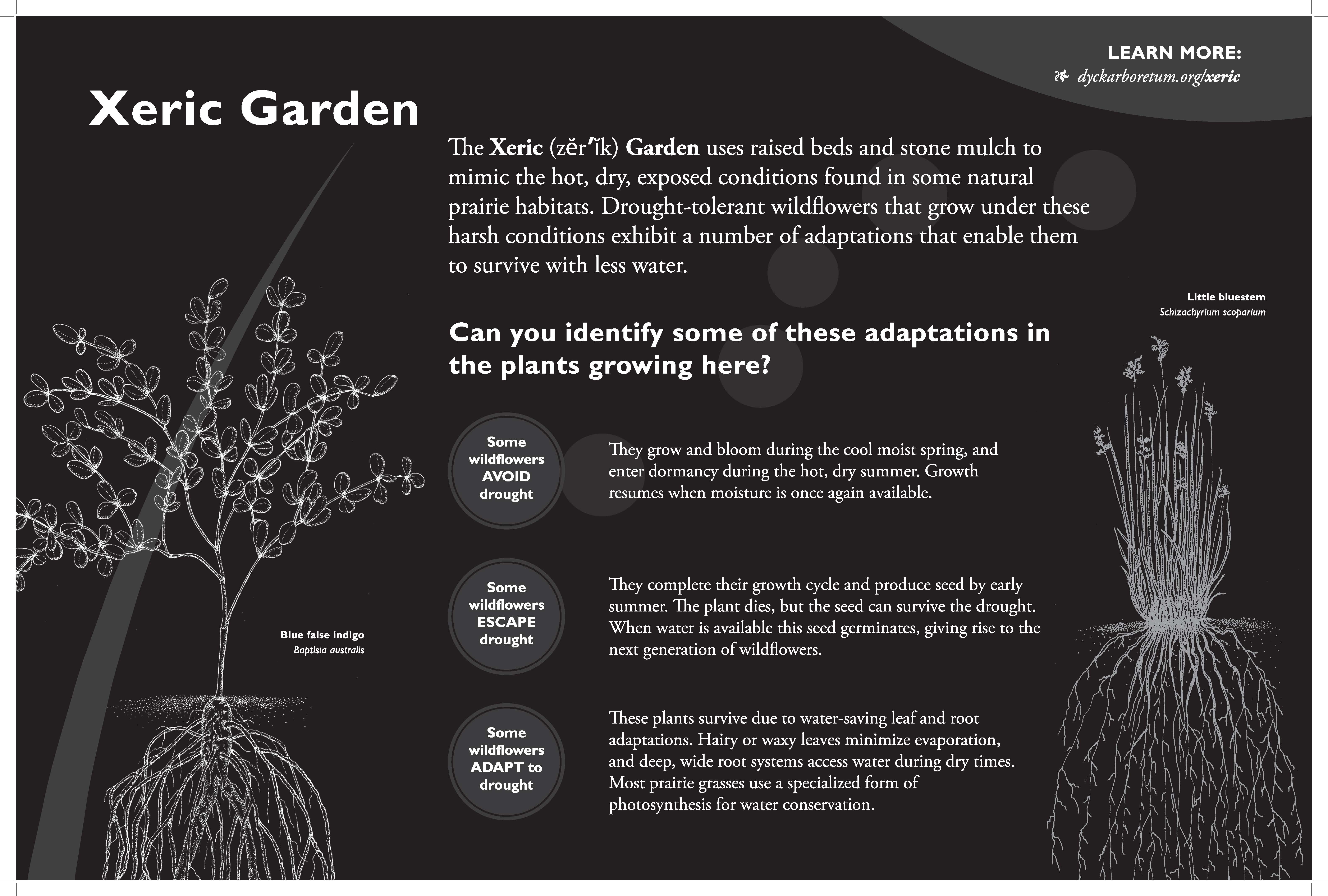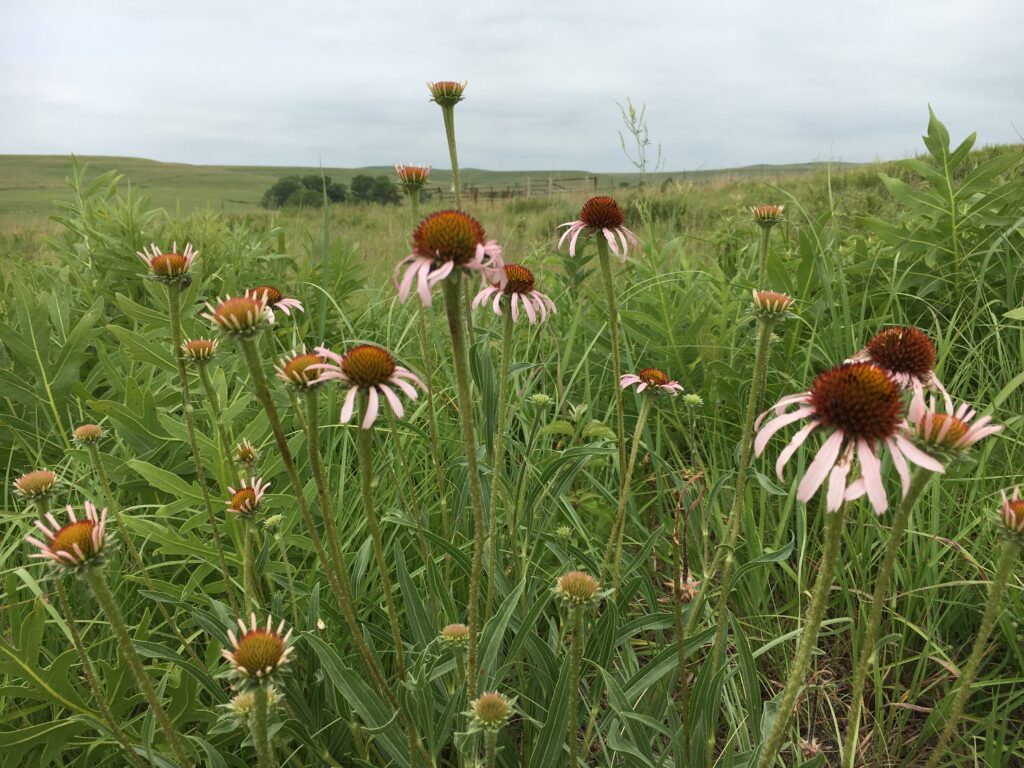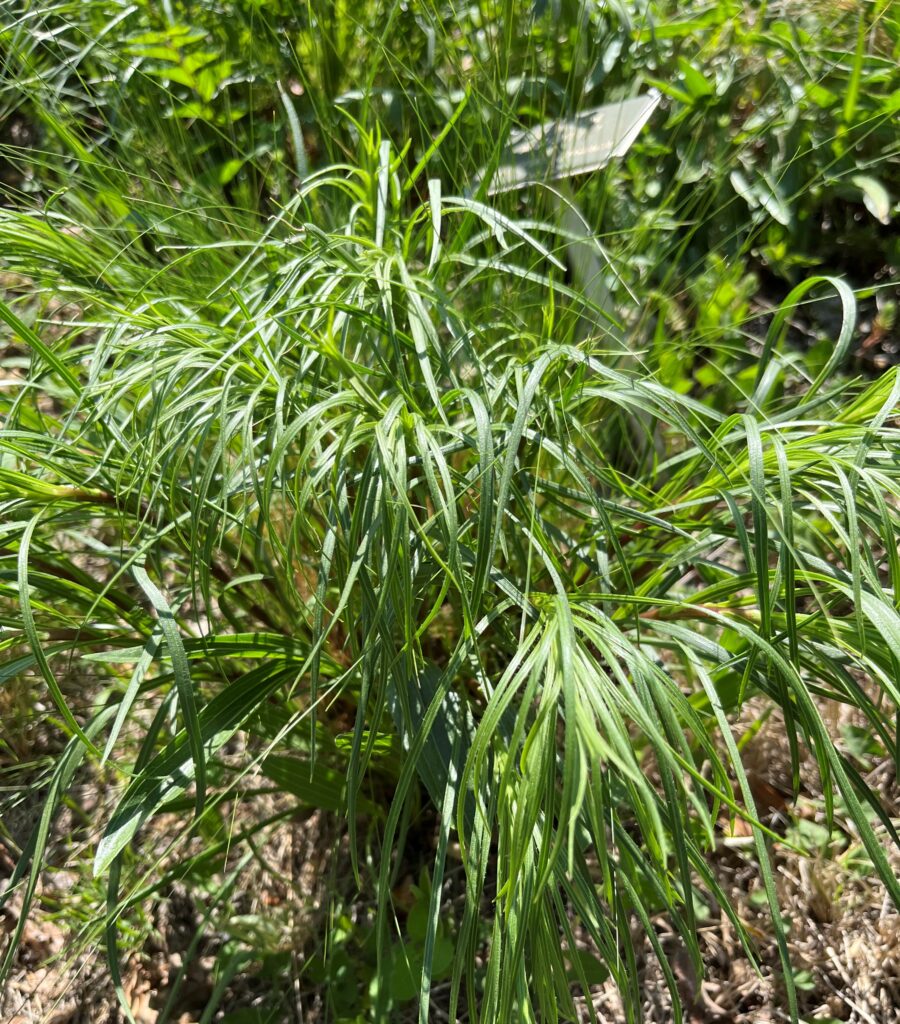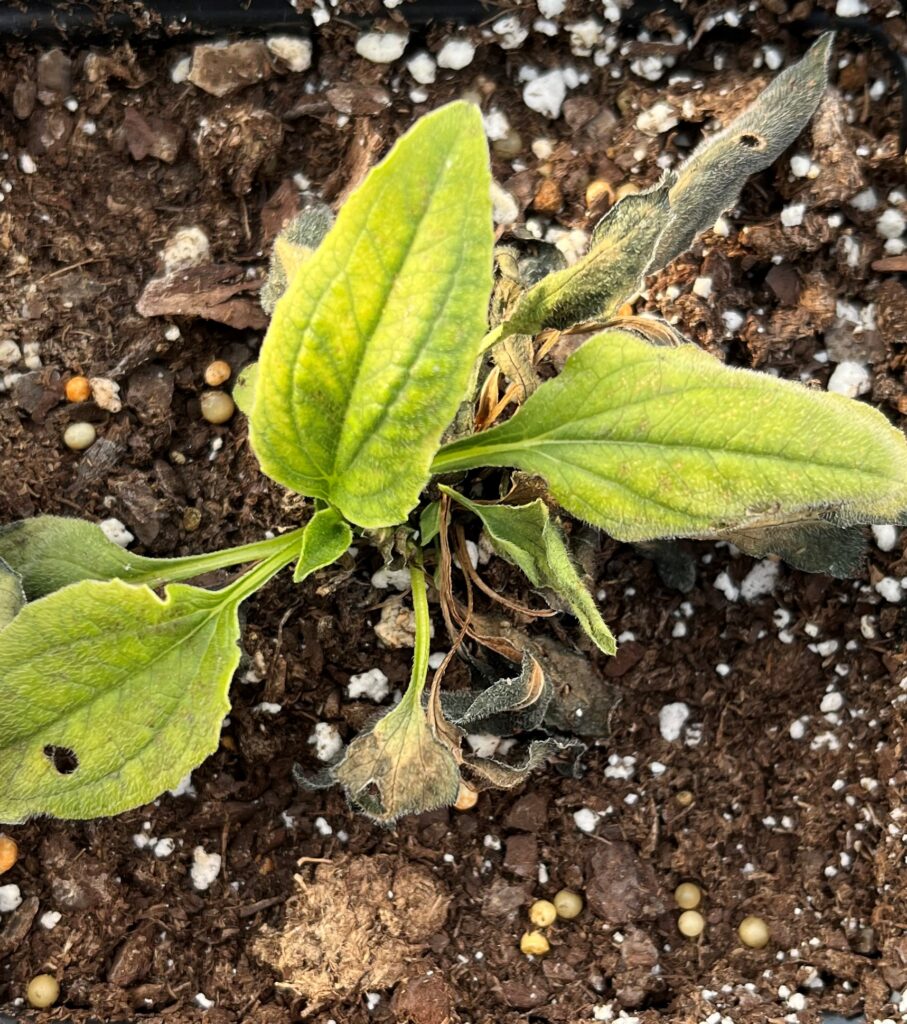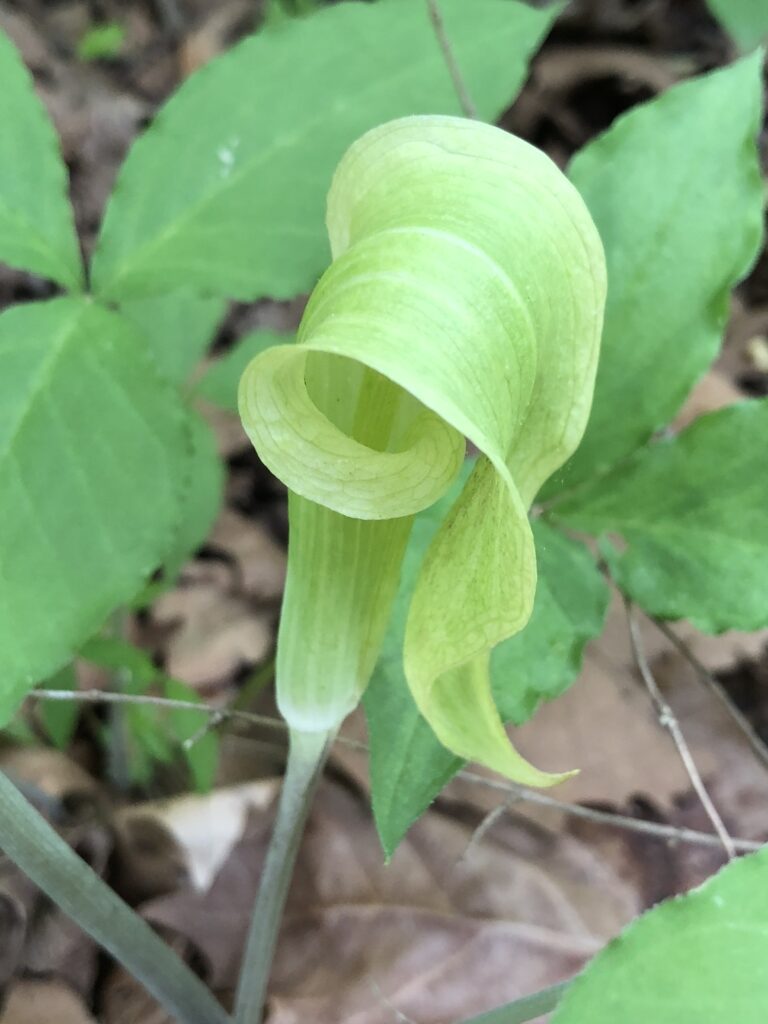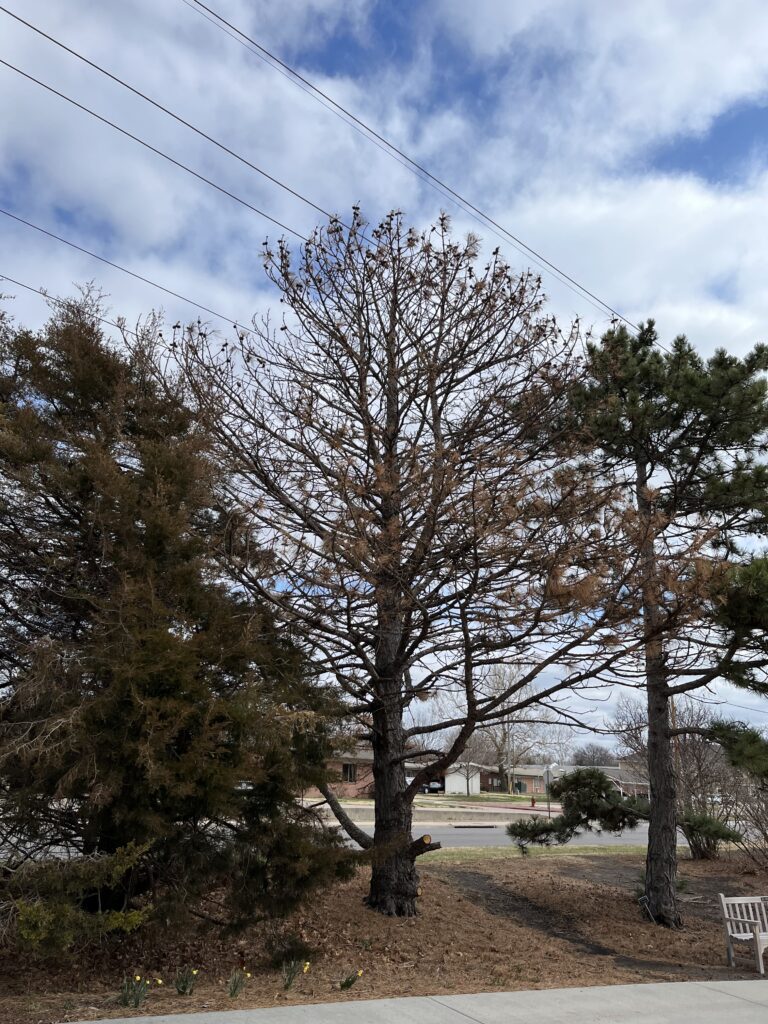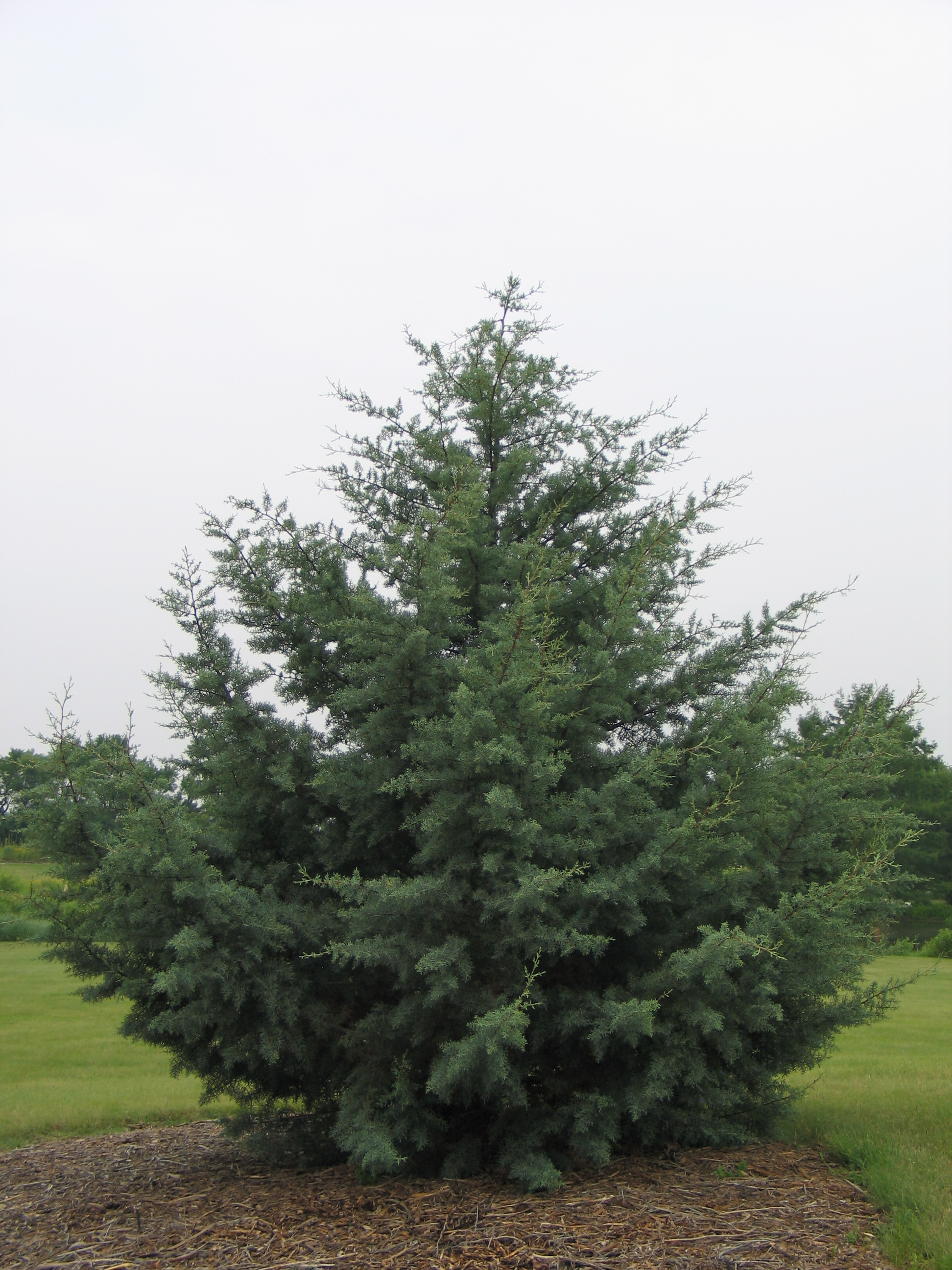Right now in prairies, woodlands, roadside ditches and home gardens, wonderful displays of native grasses along with wildflowers blooming yellow, white, and lavender are putting on quite a show. The yellow wildflowers are most likely either sunflowers or goldenrods. Each is quite beautiful and teeming with pollinators.
Goldenrods are just as diverse and variable as sunflowers. While many landscape plants have already reached their peak and the flowers have faded by September, goldenrods have become the stars of the show as they brighten up the landscape. Their golden yellow autumn inflorescences are striking.
In spite of their attractiveness, goldenrods have a reputation for causing allergies. In truth, this is unlikely, because goldenrod pollen is large and heavy and is not carried by the wind. Rather, it is giant ragweed (Ambrosia sp.) that is spreading pollen through the air at the same time.
These wildflowers are insect-pollinated by many wasps, moths, beetles, honey bees, monarch butterflies and other beneficial pollinators searching for a sip of nectar. In total, 11 specialist bees and 115 different caterpillars need these plants. There are around 50 species of insects with immature forms that feed on the stems of goldenrod. In addition, seeds and foliage provide food for some birds and mammals. Across the board, goldenrods are of huge value to wildlife and one of the keystone wildflowers for pollinators.
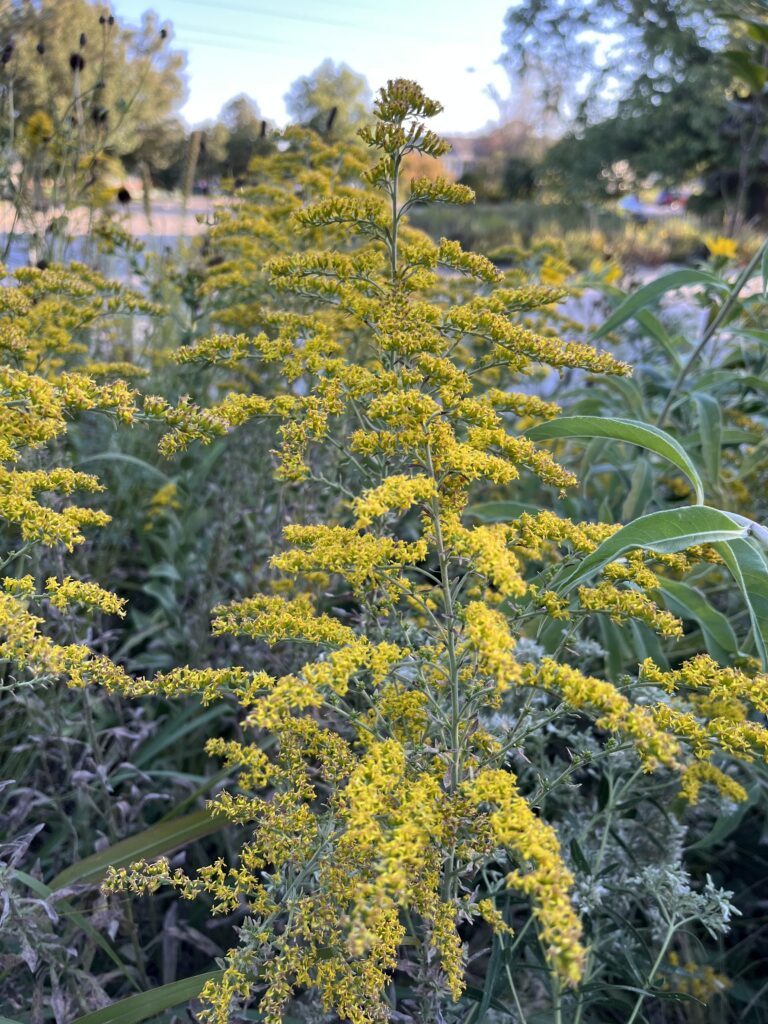
Goldenrods are adaptable to a wide range of conditions in nature, making them a great choice as a landscape plant. They grow naturally in soils from wet to dry. Even the drought conditions we have been experiencing have not kept these denizens of the prairie from blooming. There is a goldenrod that will grow in your garden.
For all their positive attributes, there are goldenrod species that don’t belong in a formal garden. Canada goldenrod for example is a highly aggressive species that spreads by underground rhizomes and seed, ultimately pushing out other smaller desirable plants. It will take over a garden in a couple of years. However, in a prairie setting with the deep roots of native grasses and competition from other plants, it can be mostly kept in check. That is why we recommend clump-forming goldenrods as a more reliable choice for the landscape relegating those aggressive species to the prairie or outskirts of the landscape (along a fence or in an alley) where they are free to roam and spread.
I like Solidago rigida, Solidago nemoralis, Solidago ‘Wichita Mountains’, Solidago canadensis ‘Golden Baby’, and Solidago ‘Fireworks’ for sunny areas. For shade, I choose to plant Solidago odora, Solidago ulmifolius or Solidago caesia. It is safe to say that goldenrods are powerhouse plants that deserve a place in your native garden.
